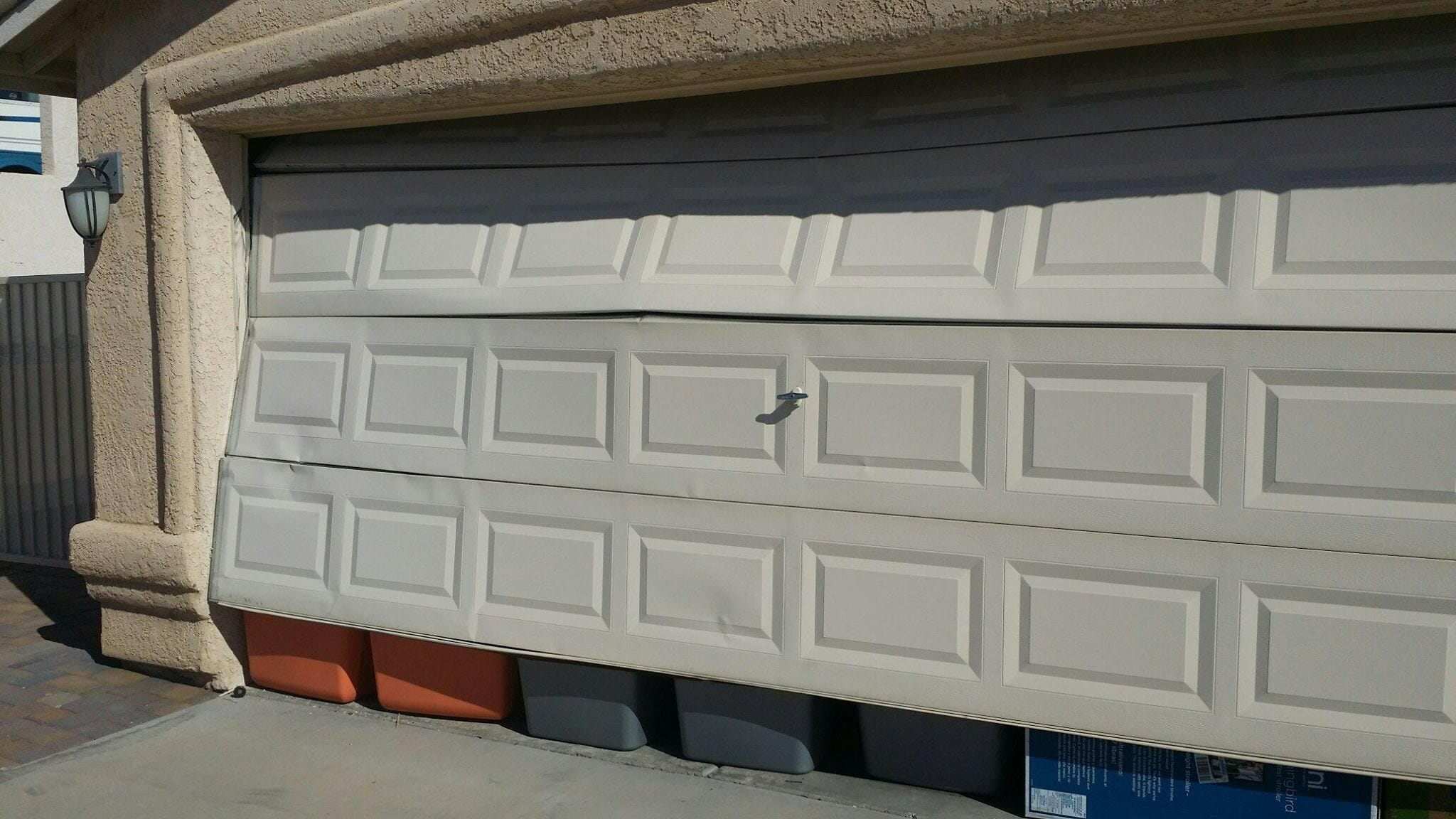

Articles
How To Fix Dent In Garage Door
Modified: October 20, 2024
Learn effective techniques and tips to repair dents in your garage door with our informative and easy-to-follow articles.
(Many of the links in this article redirect to a specific reviewed product. Your purchase of these products through affiliate links helps to generate commission for Storables.com, at no extra cost. Learn more)
Introduction
Having a dent in your garage door can be a frustrating issue to deal with. Not only does it affect the appearance of your home, but it can also potentially impact the functionality of your garage door. Whether the dent is the result of a minor accident, hailstorm, or natural wear and tear, there are several methods you can try to fix it yourself without having to spend a fortune on professional repairs.
In this article, we will discuss various techniques and tools that you can utilize to effectively repair a dent in your garage door. We will guide you through the process step by step, ensuring that you have all the necessary information to effectively restore the appearance and functionality of your garage door.
Before we dive into the different methods, it is important to note that the extent of the damage and the materials your garage door is made of will determine which technique is most suitable for your situation. Additionally, it is essential to take safety precautions while attempting any repairs, such as wearing protective gear and working with caution.
Now, let’s gather the tools and materials needed to get started with fixing the dent in your garage door.
Key Takeaways:
- DIY dent repair for your garage door is achievable with the right tools and techniques, saving you money and enhancing the appearance and functionality of your home.
- Assess the damage, choose the appropriate repair method, and follow safety precautions to successfully remove dents, fill and sand the area, and paint for a seamless finish.
Read more: How To Fix Garage Door
Tools and Materials Needed
Before you begin the dent repair process, it’s important to gather the necessary tools and materials. Having everything prepared will ensure a smoother and more efficient repair process. Here are the tools and materials you’ll need:
- Safety goggles
- Protective gloves
- Masking tape
- Plunger
- Boiling water
- Heat gun or hairdryer
- Vacuum cleaner
- Hammer
- Wood block
- Putty knife
- Body filler
- Sanding block
- Sandpaper (various grits)
- Primer
- Paint that matches your garage door
- Paintbrush or paint sprayer
These tools and materials will vary depending on the specific method you choose to fix the dent in your garage door. However, having them readily available will save you time and ensure that you can proceed with the repair without any interruptions.
Now that you have gathered all the essential tools and materials, it’s time to assess the damage and determine the best course of action to repair the dent in your garage door. Let’s move on to the next step.
Assessing the Damage
Before you begin any repair work, it’s important to assess the extent of the damage to your garage door. This will help you determine the best method to fix the dent and ensure that you have realistic expectations for the repair outcome.
Start by examining the dent closely. Look for any signs of cracks, paint chipping, or metal deformation. If the damage is minimal and the structure of the door remains intact, you can opt for less invasive repair methods. However, if the dent has caused severe damage, such as significant metal deformation or visible cracks, it might be necessary to consider professional repair or even replacement.
Additionally, consider the material of your garage door. Common materials include steel, aluminum, and wood. Different materials may require different repair techniques and materials. Steel and aluminum doors may be more prone to dents, while wood doors may be more susceptible to warping. Understanding the characteristics of your garage door material will help you choose the appropriate repair method.
Take measurements of the dent’s dimensions, both width and depth. This will help you track the progress of the repair and ensure that you achieve the desired outcome. It’s also useful to take pictures of the dent from different angles before proceeding with any repairs. These images will serve as documentation and can be helpful for insurance purposes if needed.
By assessing the damage thoroughly, you’ll be better equipped to choose the most effective repair method for your specific situation. Now that the damage has been evaluated, let’s move on to preparing the area before beginning the repair process.
Preparing the Area
Before you start repairing the dent in your garage door, it’s important to properly prepare the surrounding area. This will ensure that the repair process goes smoothly and that you can achieve the best possible results. Here are the steps to prepare the area:
- Clean the surface: Begin by thoroughly cleaning the area around the dent. Use a mild detergent and water to remove any dirt, debris, or grease. This will help the repair materials adhere properly and ensure a seamless repair.
- Protect the surroundings: Use masking tape to protect the areas of your garage door that are adjacent to the dent. This will prevent accidental scratches or damage while you’re working on the repair.
- Ensure proper ventilation: If you’re planning to use boiling water or a heat gun/hairdryer to remove the dent, make sure that there is adequate ventilation in your garage. Open windows or use fans to encourage air circulation and prevent the buildup of fumes.
- Wear safety gear: Before starting the repair process, put on safety goggles and protective gloves to protect your eyes and hands from any debris or chemicals.
Once you have completed these steps, you’re ready to move on to the next stage of removing the dent in your garage door. Depending on the method you choose, you may need to use different tools and materials. Let’s explore some of the techniques commonly used to repair dents in garage doors.
Using a Plunger to Remove the Dent
If you have a small or medium-sized dent in your garage door, using a plunger can be an effective method to remove it. Here’s how you can use a plunger to fix the dent:
- Make sure the surface around the dent is clean and dry.
- Apply some water or petroleum jelly on the rim of the plunger to create a better seal.
- Position the plunger over the dent, ensuring that it forms a tight seal with the surface of the door.
- Hold the plunger firmly and push and pull it in a steady motion. Use medium pressure to create suction.
- Continue plunging for a few minutes, applying consistent pressure to encourage the dent to pop out.
- Check the dent periodically to see if it has improved. If necessary, repeat the process until the dent is fully or partially removed.
Using a plunger can be effective for small and shallow dents, especially if the metal surface is flexible. However, for larger or more severe dents, additional methods may be required to achieve the desired results. Let’s explore another technique using boiling water and a plunger.
Read more: How To Fix A Bent Garage Door
Using Boiling Water and a Plunger
If the dent in your garage door is more stubborn and doesn’t respond to the plunger alone, you can try using boiling water in combination with the plunger. This method is particularly effective for metal garage doors. Here are the steps:
- Ensure that the surrounding area is clear and protected. Wear safety goggles and gloves for added protection.
- Boil a pot of water and carefully pour it onto the dent, specifically targeting the center of the affected area. The hot water will help to heat and expand the metal.
- Give the water a few seconds to work, allowing the metal to expand.
- Immediately place the plunger over the dent and create a tight seal.
- Start plunging with firm and steady pressure. The combination of suction and the metal’s expansion should help to pop out the dent.
- Repeat the process as necessary, adding more hot water if the dent doesn’t fully release.
- Once the dent is mostly or completely removed, clean the area and assess the results.
Remember, this method should only be used on metal garage doors, as excessive heat can damage other materials like wood or vinyl. If you have a different type of garage door, explore alternative techniques. Let’s now move on to using a heat gun or hairdryer to remove the dent.
Use a plunger to try and pop out the dent in the garage door. Place the plunger over the dent and push and pull to create suction, which may help to pop the dent back into place.
Using a Heat Gun or Hairdryer to Remove the Dent
If you’re dealing with a metal garage door and the dent hasn’t been successfully removed with the plunger or boiling water method, you can try using a heat gun or a hairdryer. This technique helps to soften the metal, making it more malleable and easier to reshape. Here’s how to use a heat gun or hairdryer to remove the dent:
- Ensure that the area around the dent is clear and protected. Put on safety goggles and gloves for added safety.
- Set your heat gun or hairdryer to a high heat setting.
- Hold the heat source a few inches away from the dent and move it back and forth, heating the affected area evenly.
- Continue heating the dent for a few minutes, making sure not to overheat the metal.
- Once the metal is heated and more pliable, immediately use a gloved hand or a wooden block wrapped in a cloth to gently push and massage the dent from behind.
- Apply a moderate amount of pressure and work in circular motions to reshape the metal.
- Continue this process until the dent is minimized or fully removed.
- Allow the metal to cool down before assessing the results.
Using a heat gun or hairdryer can be effective for smaller dents that haven’t caused significant damage to the structure of the garage door. If the dent persists or if you’re dealing with a larger dent, alternative methods may be necessary. Let’s explore another technique using a vacuum cleaner.
Using a Vacuum Cleaner
If you’re dealing with a smaller dent in your garage door, using a vacuum cleaner can be a simple and effective method to remove it. Here’s how you can use a vacuum cleaner to fix the dent:
- Ensure that the surrounding area is clear of any debris and that you have access to the dent.
- Attach a plastic cup or container to the end of your vacuum cleaner hose. Make sure it creates a tight seal with the surface of the dent.
- Turn on the vacuum cleaner and place the cup over the dent, creating suction.
- Hold the cup firmly in place and maintain the suction for a few minutes.
- Gently lift the vacuum cleaner, keeping the cup attached, to apply an upward force to the dent.
- Repeat this process multiple times, adjusting the angle of the cup if needed, until the dent is fully or partially removed.
- Once the dent is improved, remove the cup and assess the results.
Using a vacuum cleaner is a quick and easy method that works well for smaller dents. However, it may not be as effective for larger or more severe dents. If the dent persists, you may need to explore other repair techniques. Let’s now move on to using a hammer and wood block.
Using a Hammer and Wood Block
If you have a dent in your garage door that is more substantial and doesn’t respond to the previous methods, you can try using a hammer and a wood block. This technique allows you to reshape the metal from the inside of the door. Here’s how to use a hammer and wood block to fix the dent:
- Make sure the area around the dent is clear and protected. Wear safety goggles and gloves for added protection.
- Position a sturdy wood block against the backside of the dent, ensuring it covers the dent completely.
- Use a hammer to gently tap the wood block, applying light pressure to push the metal outward.
- Work your way around the dent, using small and controlled hammer taps to gradually reshape the metal.
- Continue this process, periodically checking the front side of the garage door to assess the dent’s progress.
- If needed, adjust the position and angle of the wood block to target specific areas of the dent.
- Be cautious not to use excessive force, as it can cause further damage to the door.
- Once the dent is minimized or removed, assess the results, and make any necessary adjustments.
Using a hammer and wood block requires precision and control. Take your time and be mindful of the pressure you apply to avoid causing further damage to the garage door. If the dent persists or if you’re dealing with a more complex dent, it may be beneficial to consult a professional for assistance.
After successfully removing the dent, the next step is to fill and sand the area to ensure a smooth and seamless surface. Let’s move on to that step.
Read more: How To Fix Garage Door Opener
Filling and Sanding the Dent
Once you have successfully removed the dent from your garage door, it’s time to fill and sand the affected area to achieve a smooth surface. Here’s how you can fill and sand the dent:
- Clean the area around the dent to remove any debris or dust.
- Using a putty knife, apply a thin layer of body filler over the dent. Make sure to spread it evenly and slightly beyond the dent’s edges.
- Allow the body filler to dry completely according to the manufacturer’s instructions. This usually takes around 30 minutes to an hour.
- Once the body filler is dry, use a sanding block with medium-grit sandpaper to gently sand down the filled area. Sand in a circular motion to blend the filler with the surrounding surface.
- Continue sanding until the filled area is smooth and level with the rest of the garage door surface. Be careful not to sand too aggressively, as it can damage the surrounding paint.
- Switch to fine-grit sandpaper and sand the area again to achieve a smoother finish.
- Wipe away any dust or debris with a clean, damp cloth.
After filling and sanding the dent, the repaired area should be smooth and even. However, keep in mind that the repair may still be visible depending on the size and depth of the original dent. To fully restore the appearance of your garage door, the next step is to paint the repaired area.
Let’s move on to the final step of painting the repaired area.
Painting the Repaired Area
After filling and sanding the dent, it’s time to paint the repaired area to ensure a seamless finish that blends in with the rest of the garage door. Here’s how you can paint the repaired area:
- Begin by selecting a paint color that matches your garage door. It’s important to choose a paint specifically made for exterior surfaces.
- Ensure that the repaired area is clean and free of dust and debris. Use a clean, damp cloth to wipe away any remaining particles.
- Apply a coat of primer to the repaired area. This will help the paint adhere better and provide a more even finish.
- Let the primer dry completely according to the manufacturer’s instructions.
- Once the primer is dry, apply the paint to the repaired area using a brush or a paint sprayer. Follow the manufacturer’s instructions for the recommended number of coats.
- Allow each coat to dry fully before applying the next, ensuring that the paint is evenly applied and matches the surrounding area.
- If necessary, apply additional coats of paint until the repaired area blends seamlessly with the rest of the garage door.
- After the final coat of paint has dried, inspect the repaired area carefully to ensure a smooth and professional finish.
Painting the repaired area will not only improve the appearance of your garage door but also protect it from the elements and prevent future damage. It’s important to note that the paint may appear slightly different when it dries, so it’s a good idea to test the color on a small inconspicuous area before painting the entire repaired section.
Now that you have successfully repaired and painted the dent in your garage door, take a step back and admire your handiwork. Remember to properly maintain your garage door to prevent future dents and keep it looking in top shape. If you’re unsure about any steps in the repair process or if the dent is too complex to tackle on your own, it’s always a good idea to seek professional assistance.
Congratulations on successfully fixing the dent in your garage door!
Conclusion
Repairing a dent in your garage door can be a satisfying and cost-effective project that improves both the appearance and functionality of your home. By following the steps outlined in this article and utilizing various techniques, you can successfully remove dents in your garage door without having to rely on expensive professional repairs.
Start by assessing the damage and selecting the appropriate repair method based on the severity of the dent and the material of your garage door. Whether you choose to use a plunger, boiling water, a heat gun, a vacuum cleaner, or a hammer and wood block, each technique has its own advantages and is suited for different types of dents.
After successfully removing the dent, filling and sanding the area will ensure a smooth surface that blends seamlessly with the rest of the garage door. Finally, painting the repaired area will provide a professional and finished look.
Remember, each repair method requires attention to detail and safety precautions. Be sure to wear protective gear, follow the manufacturer’s instructions, and take your time to achieve the best results.
By taking the initiative to repair dents in your garage door, you not only save money but also gain the satisfaction of completing a DIY project. Additionally, maintaining your garage doors by inspecting and addressing dents promptly can help prevent further damage and extend the lifespan of your garage door.
We hope this article has provided you with valuable insights into the various methods of repairing dents in garage doors. With the right tools, materials, and techniques, you can restore the appearance and functionality of your garage door, improving the overall aesthetics of your home.
So, roll up your sleeves, gather your tools, and get ready to tackle those dents in your garage door. With a little effort and patience, you can transform your garage door into a flawless and inviting entrance to your home.
Frequently Asked Questions about How To Fix Dent In Garage Door
Was this page helpful?
At Storables.com, we guarantee accurate and reliable information. Our content, validated by Expert Board Contributors, is crafted following stringent Editorial Policies. We're committed to providing you with well-researched, expert-backed insights for all your informational needs.
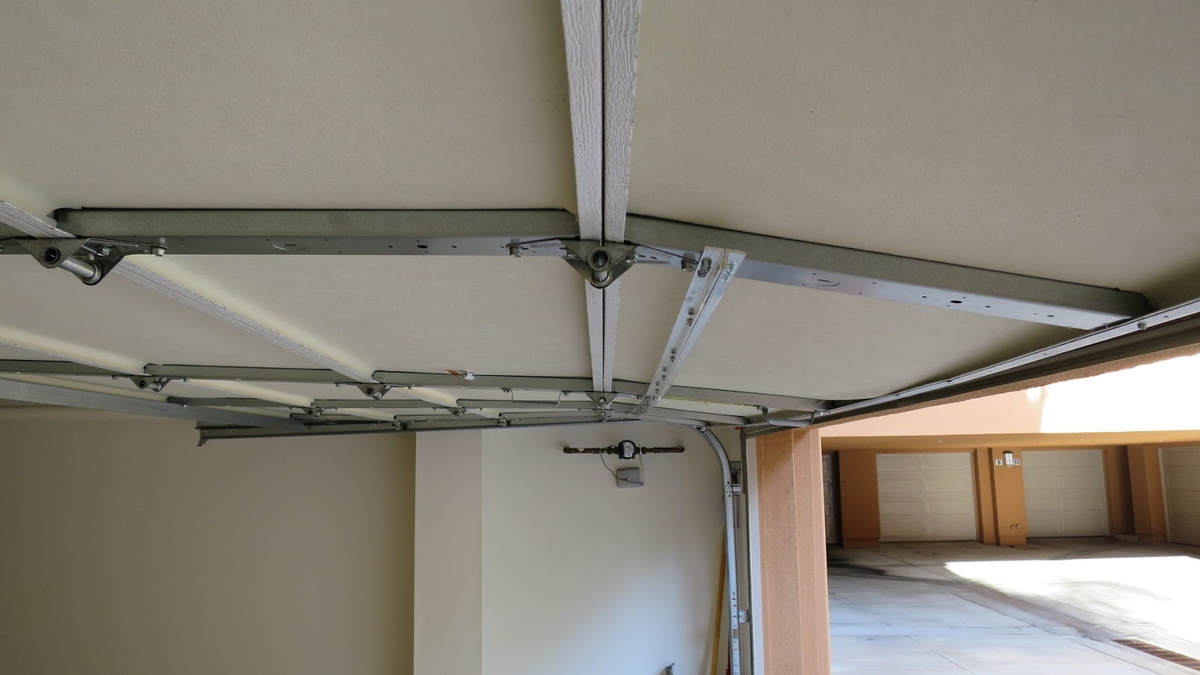
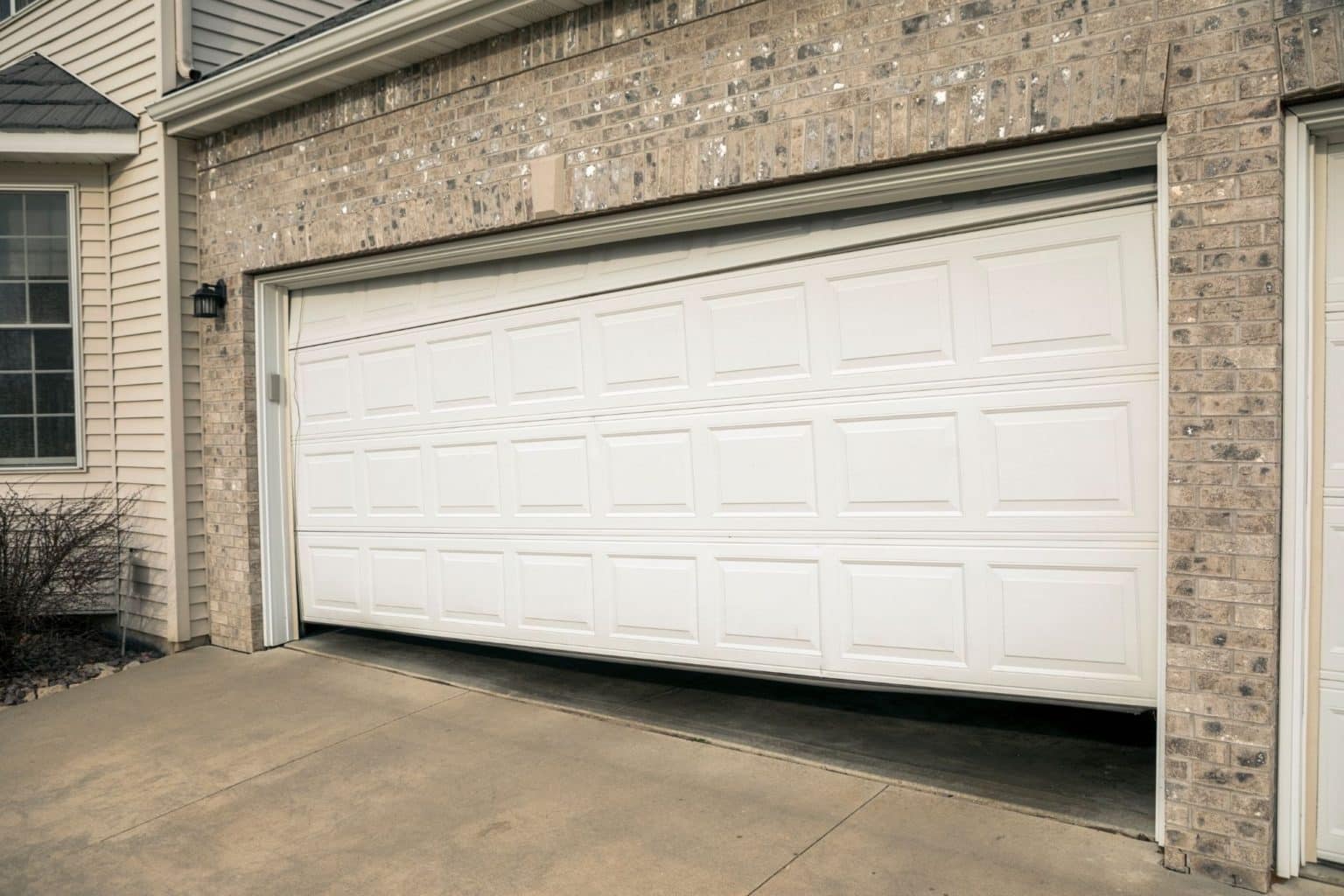
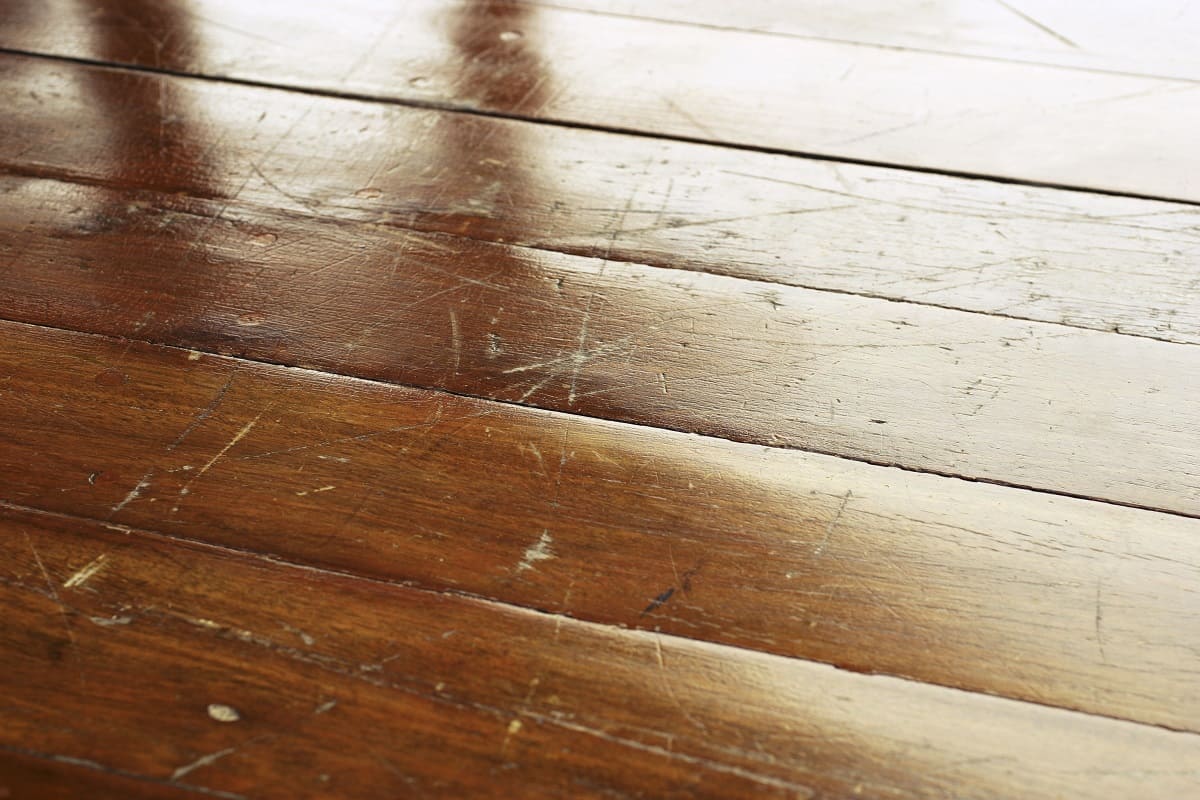
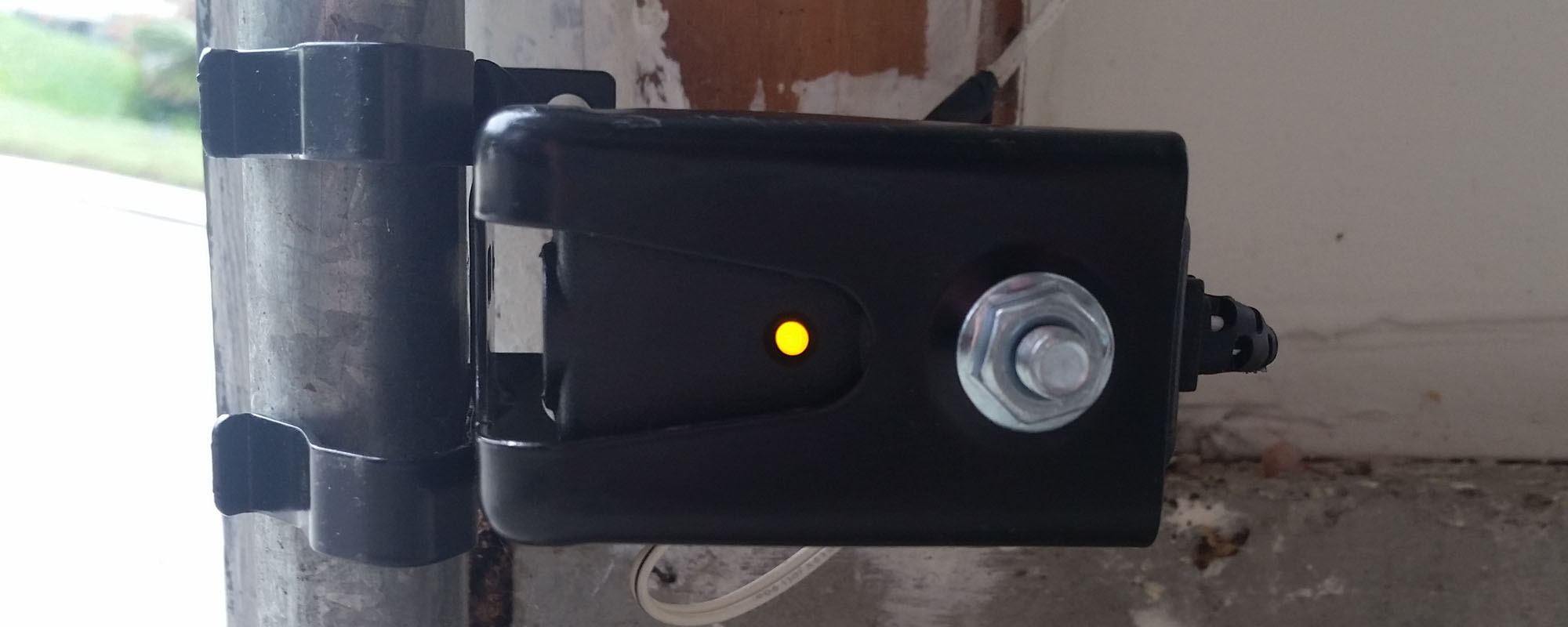
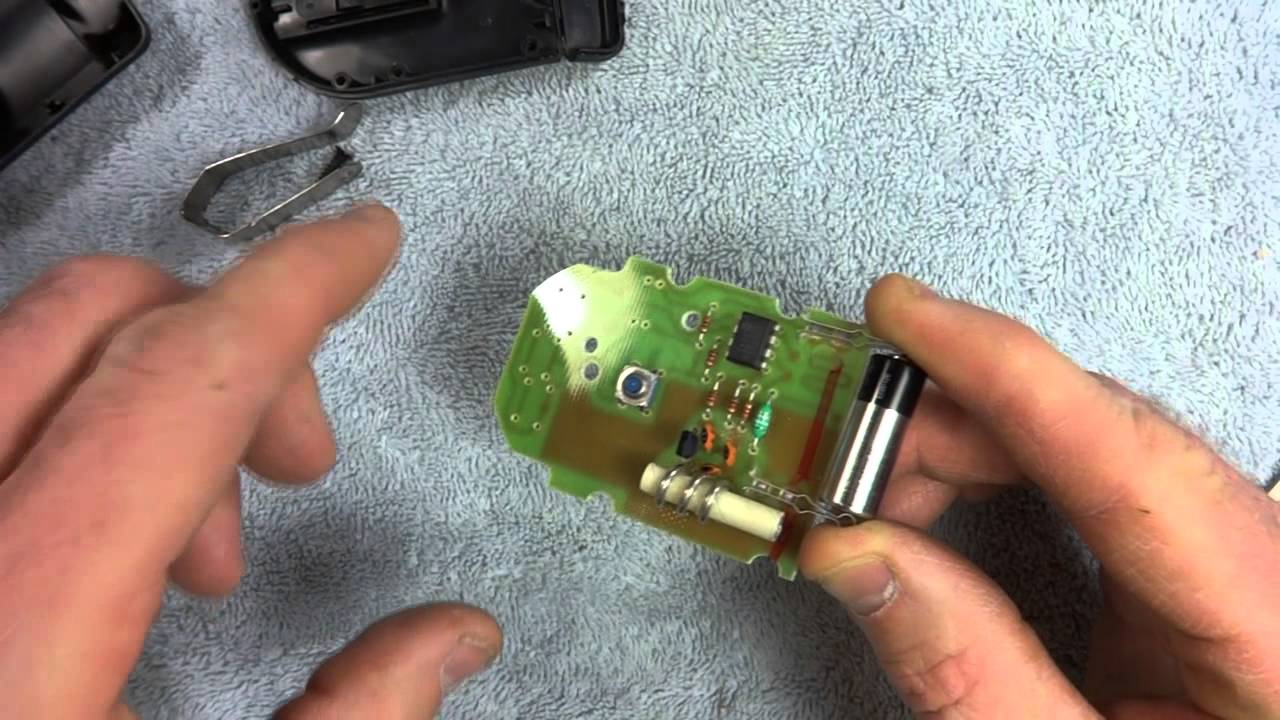
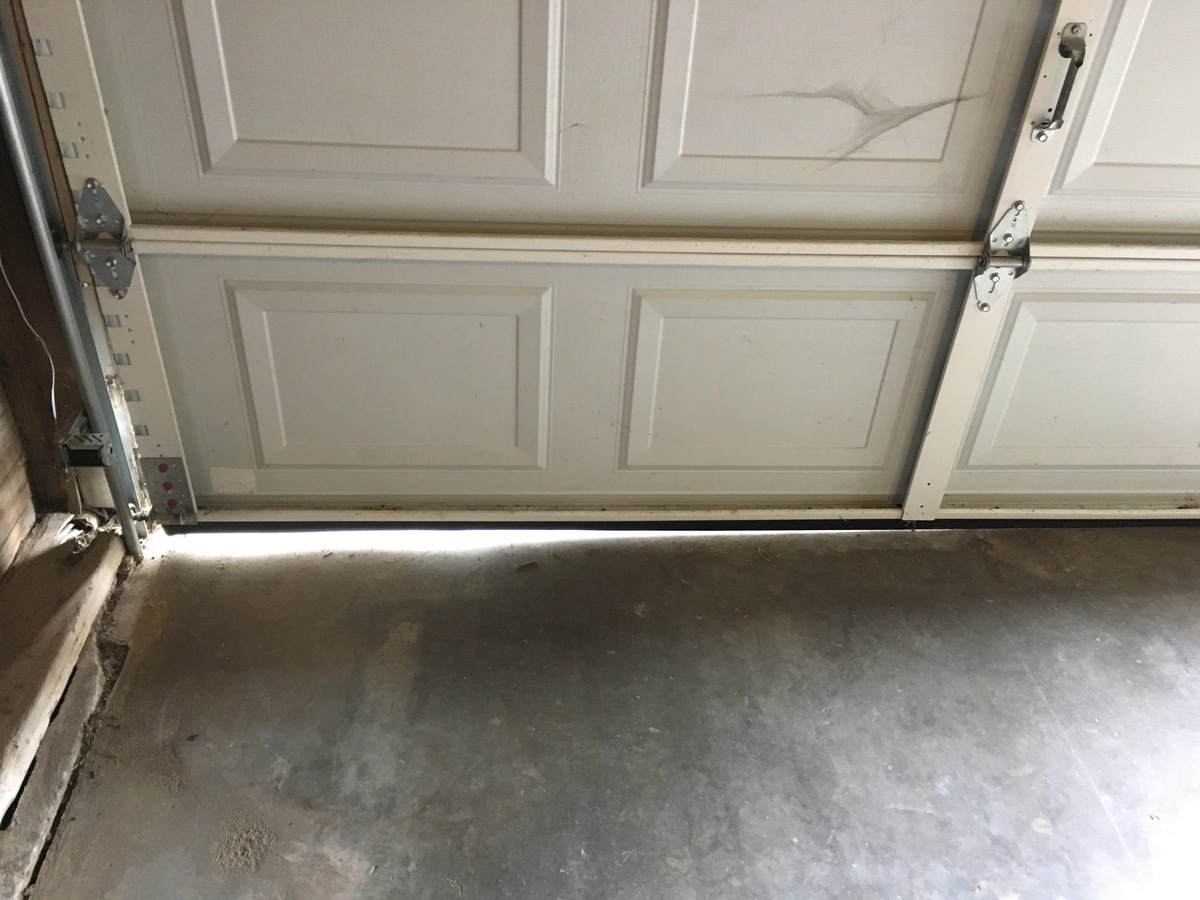
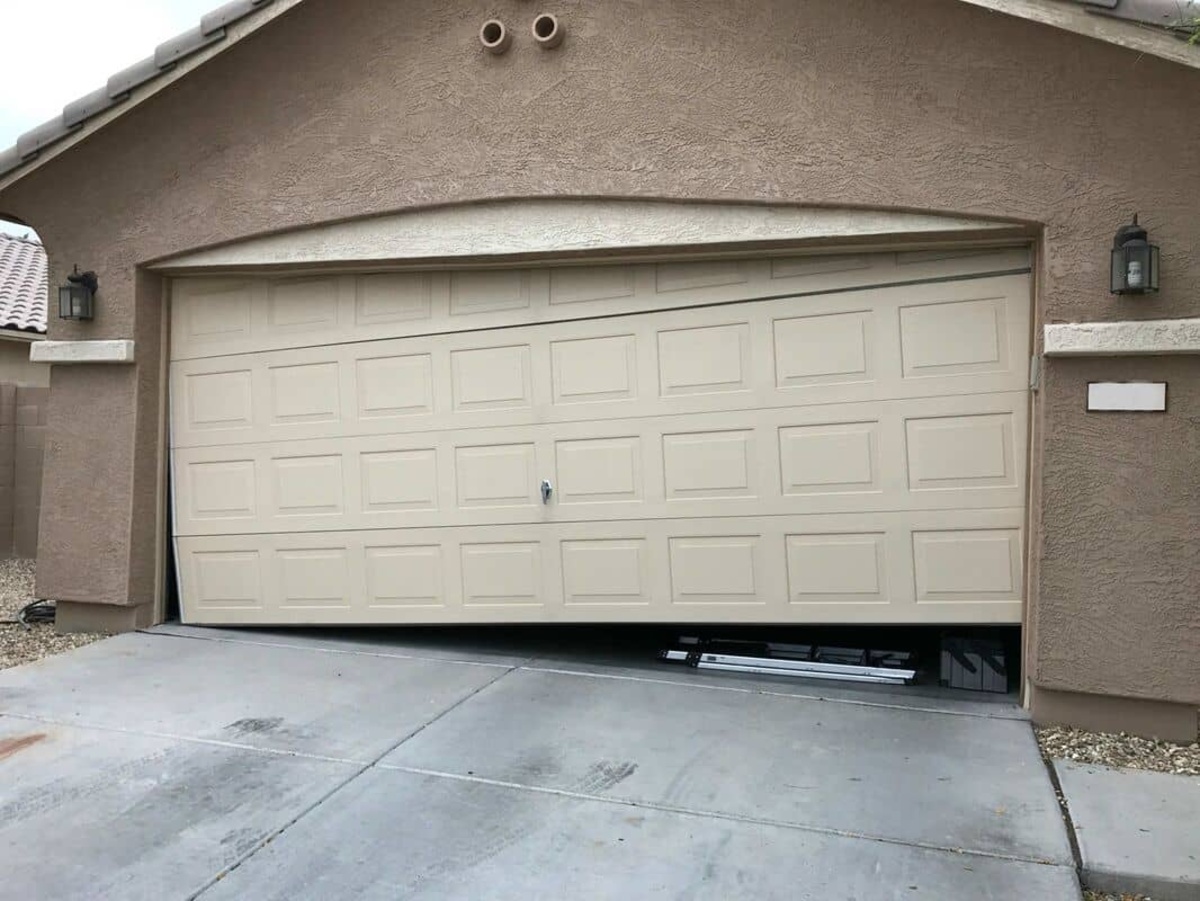

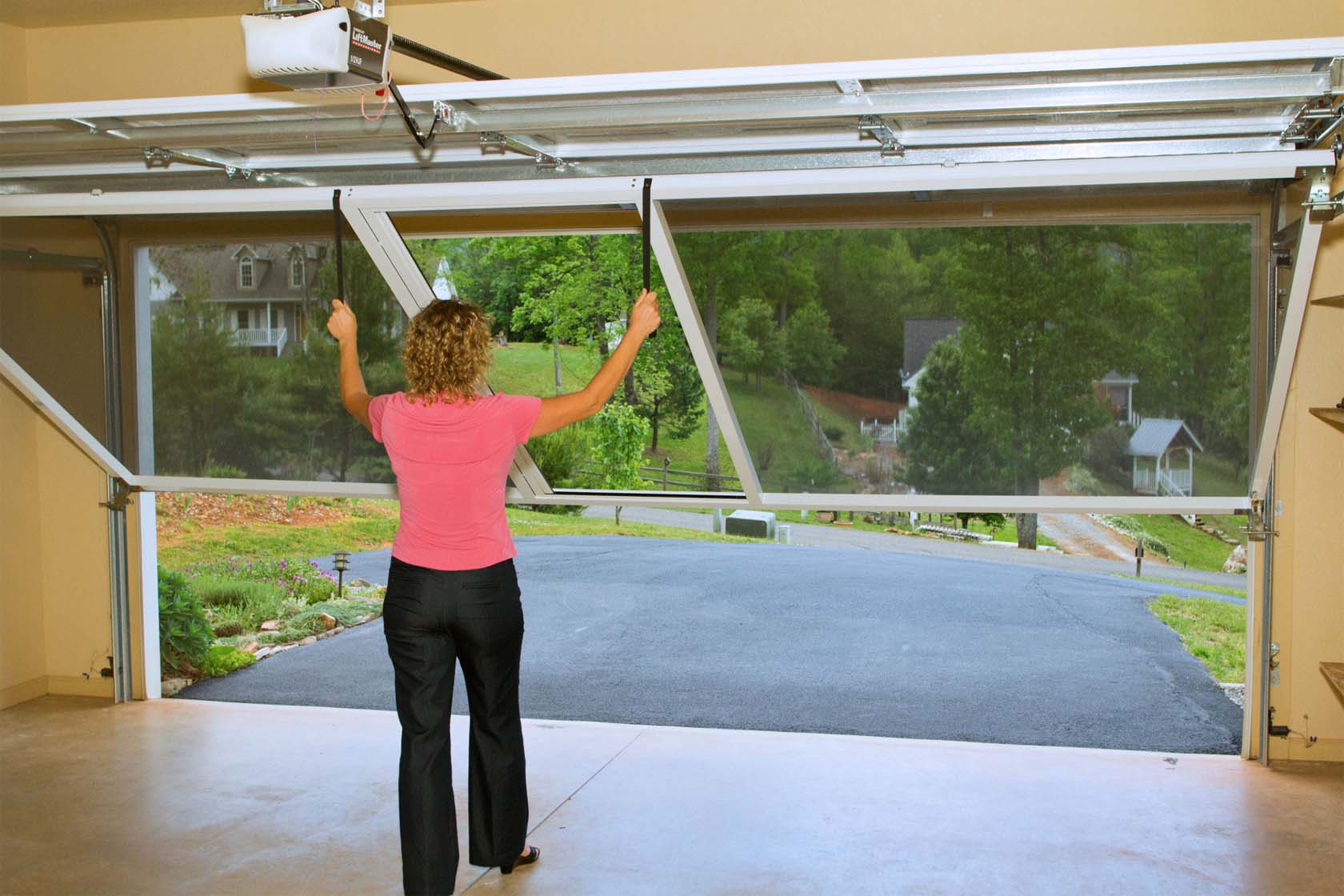
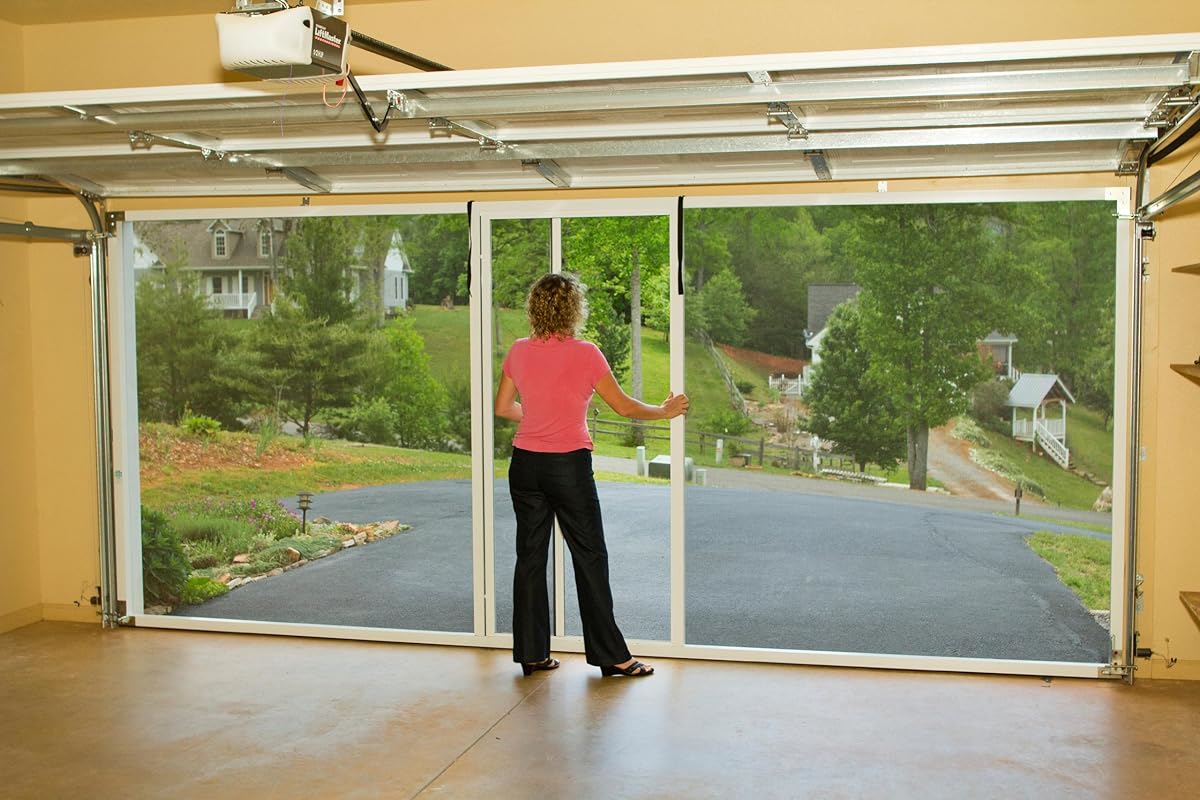
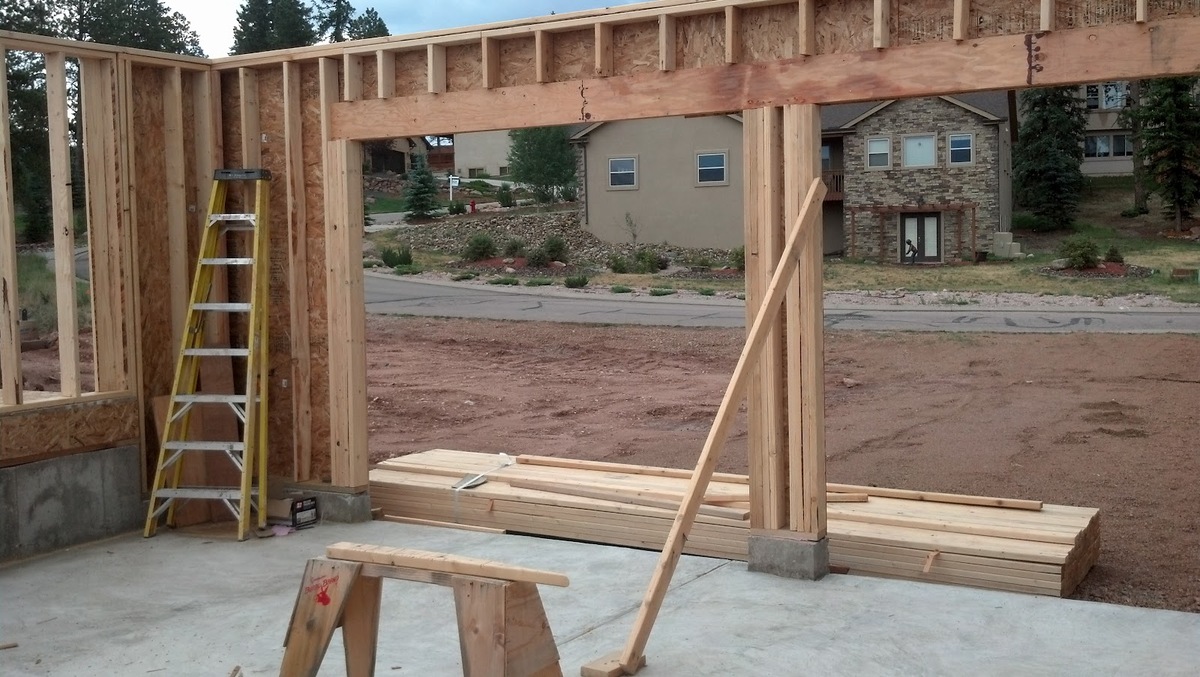
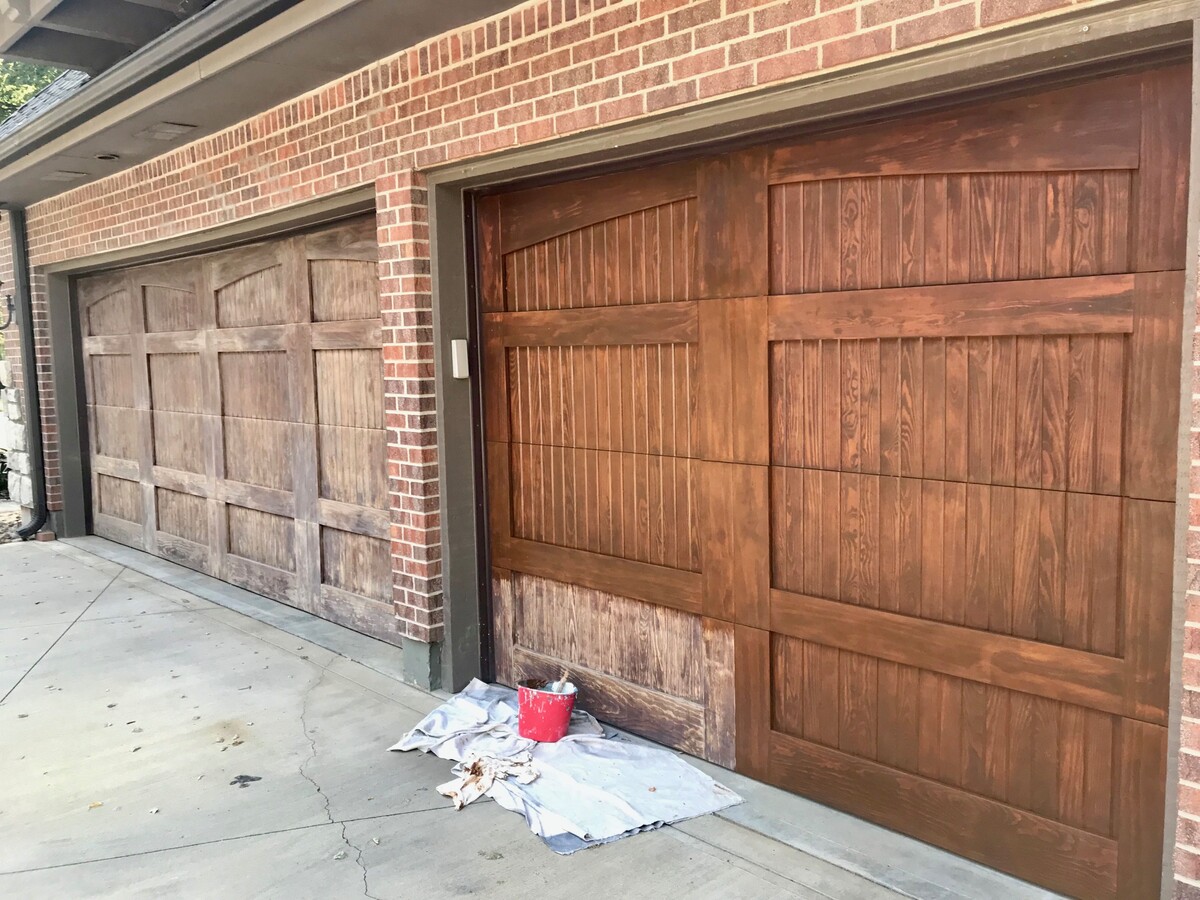
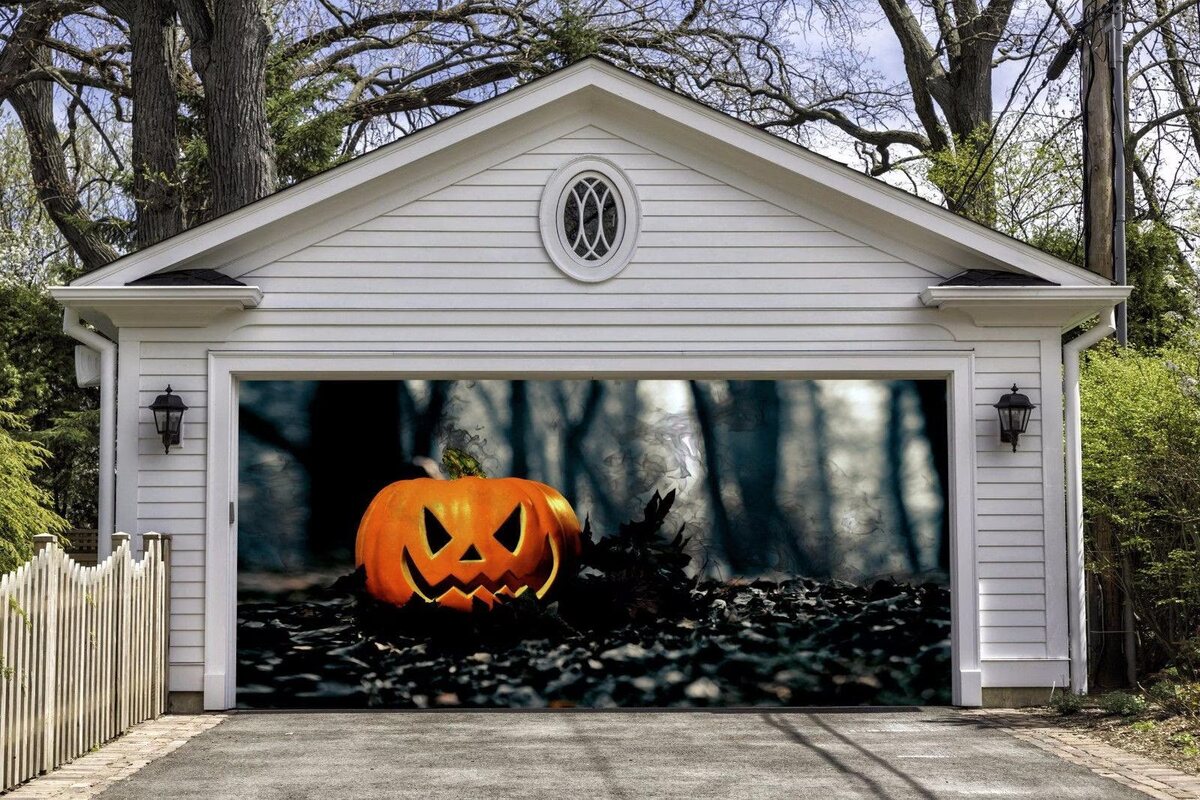

0 thoughts on “How To Fix Dent In Garage Door”